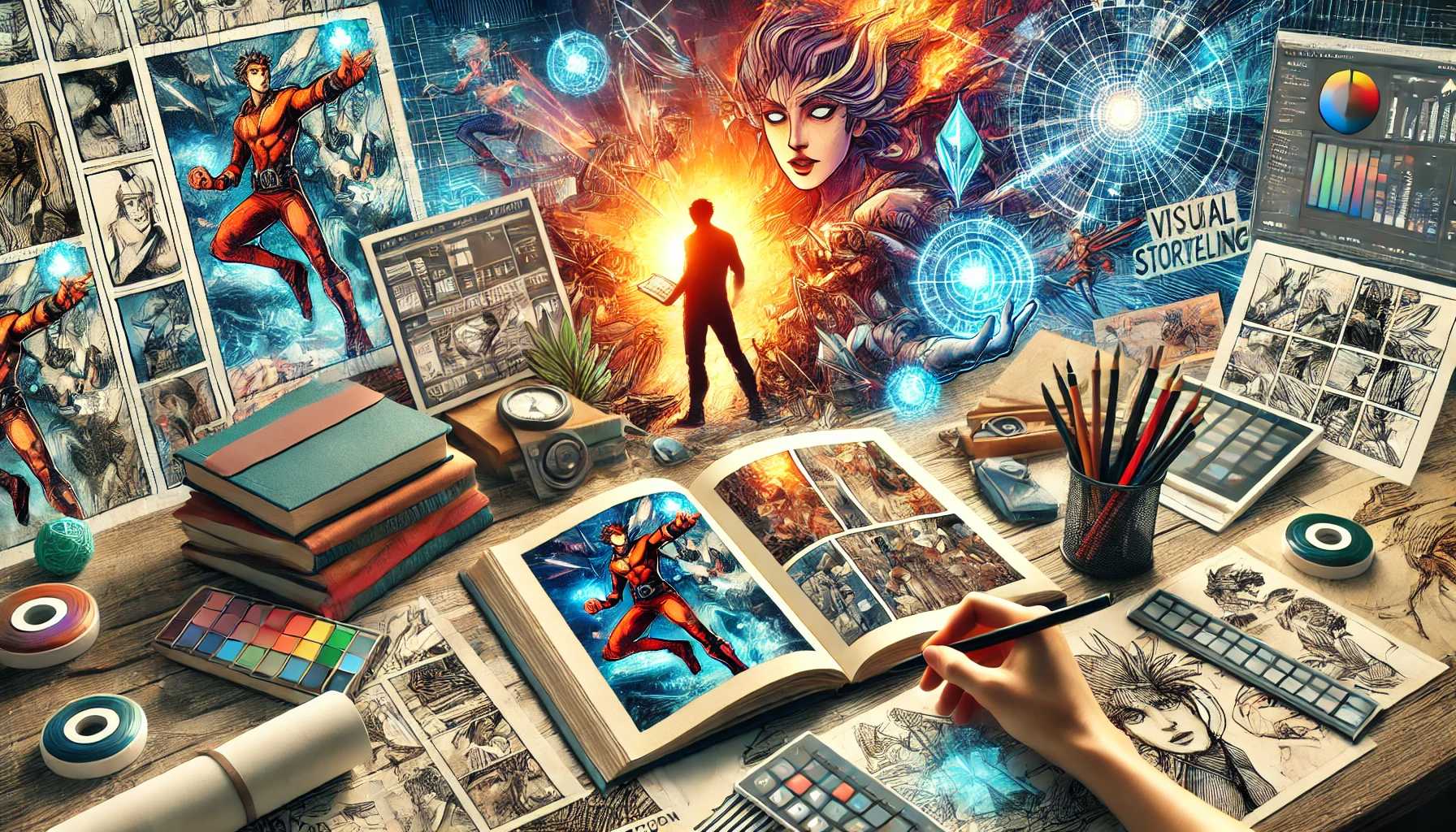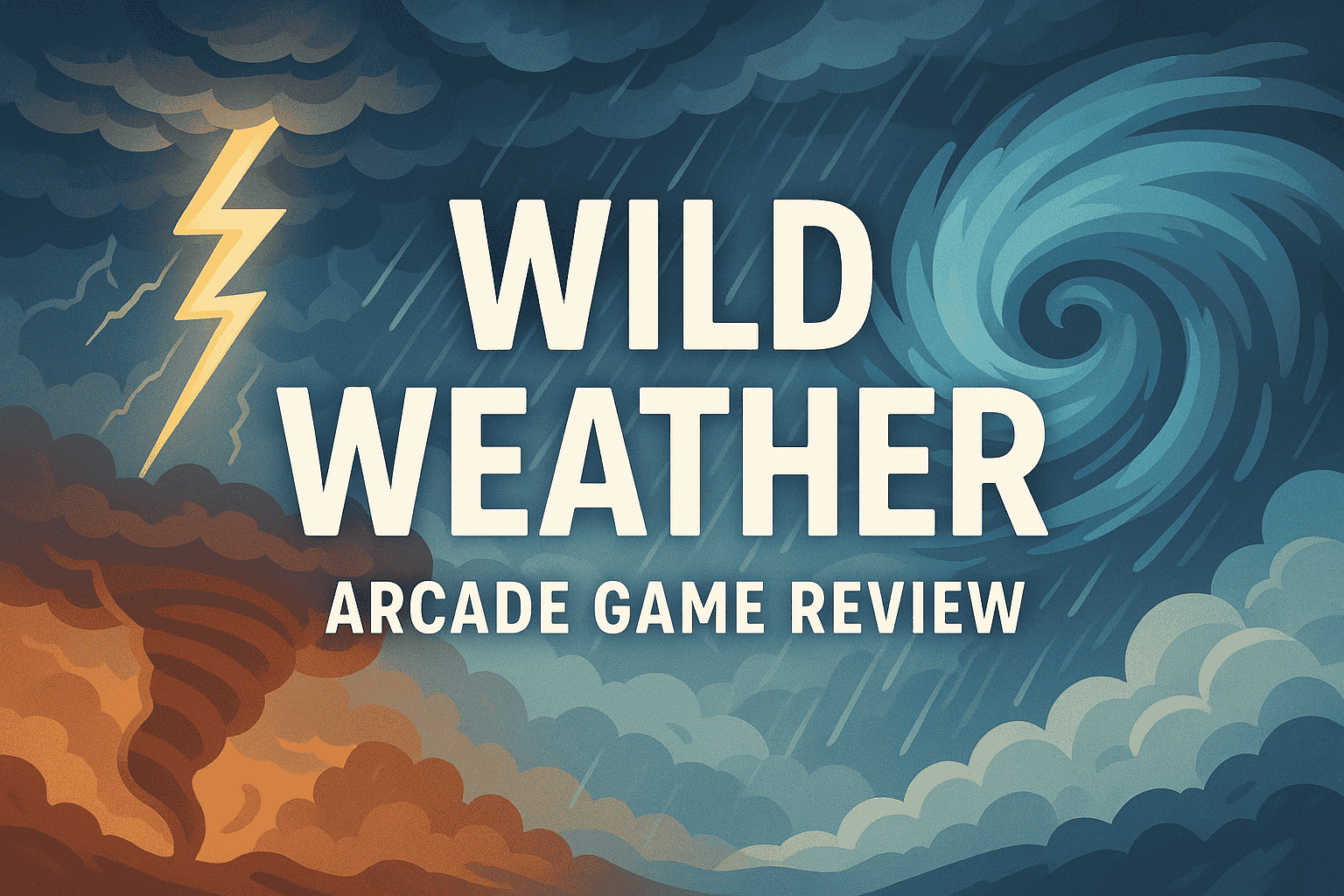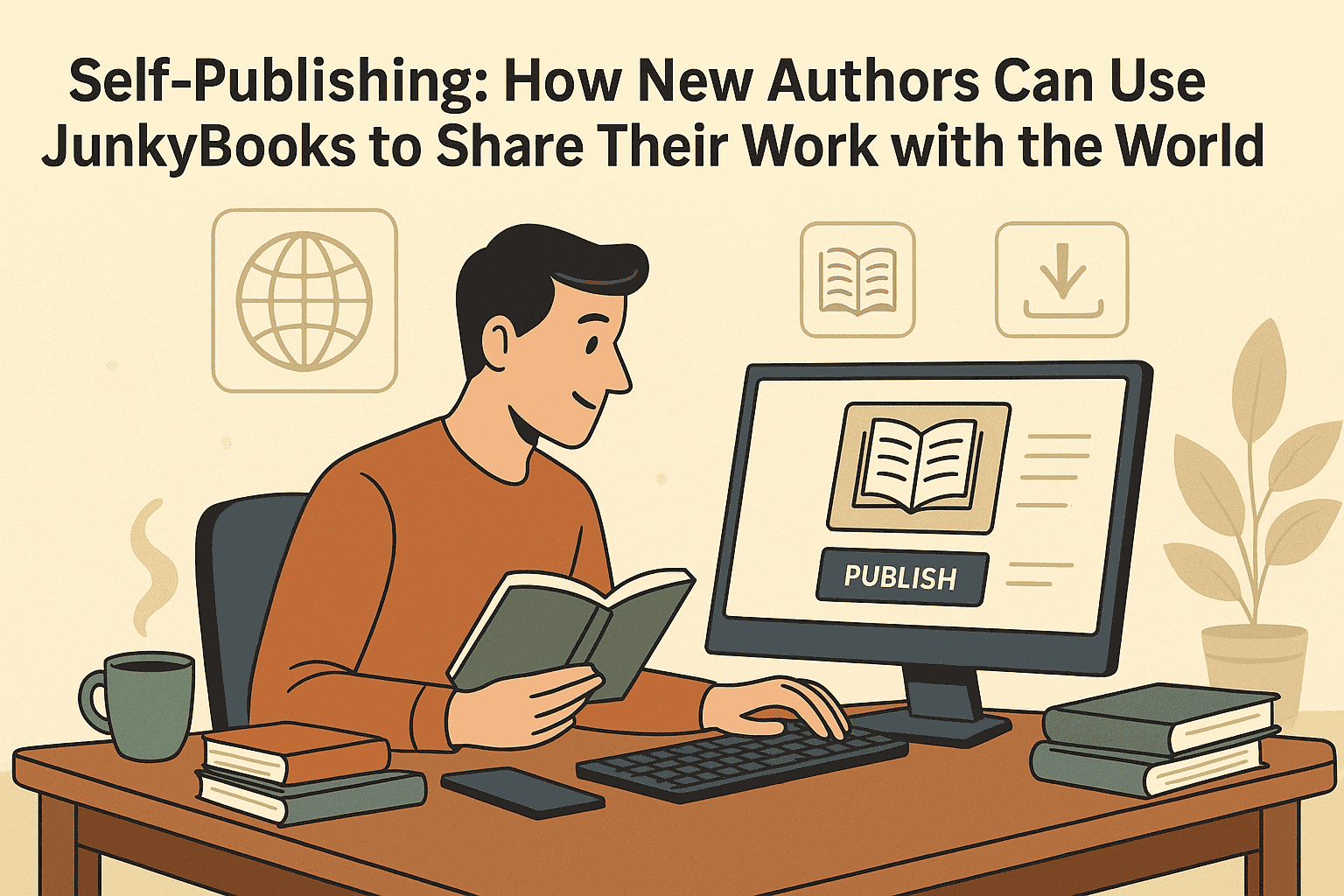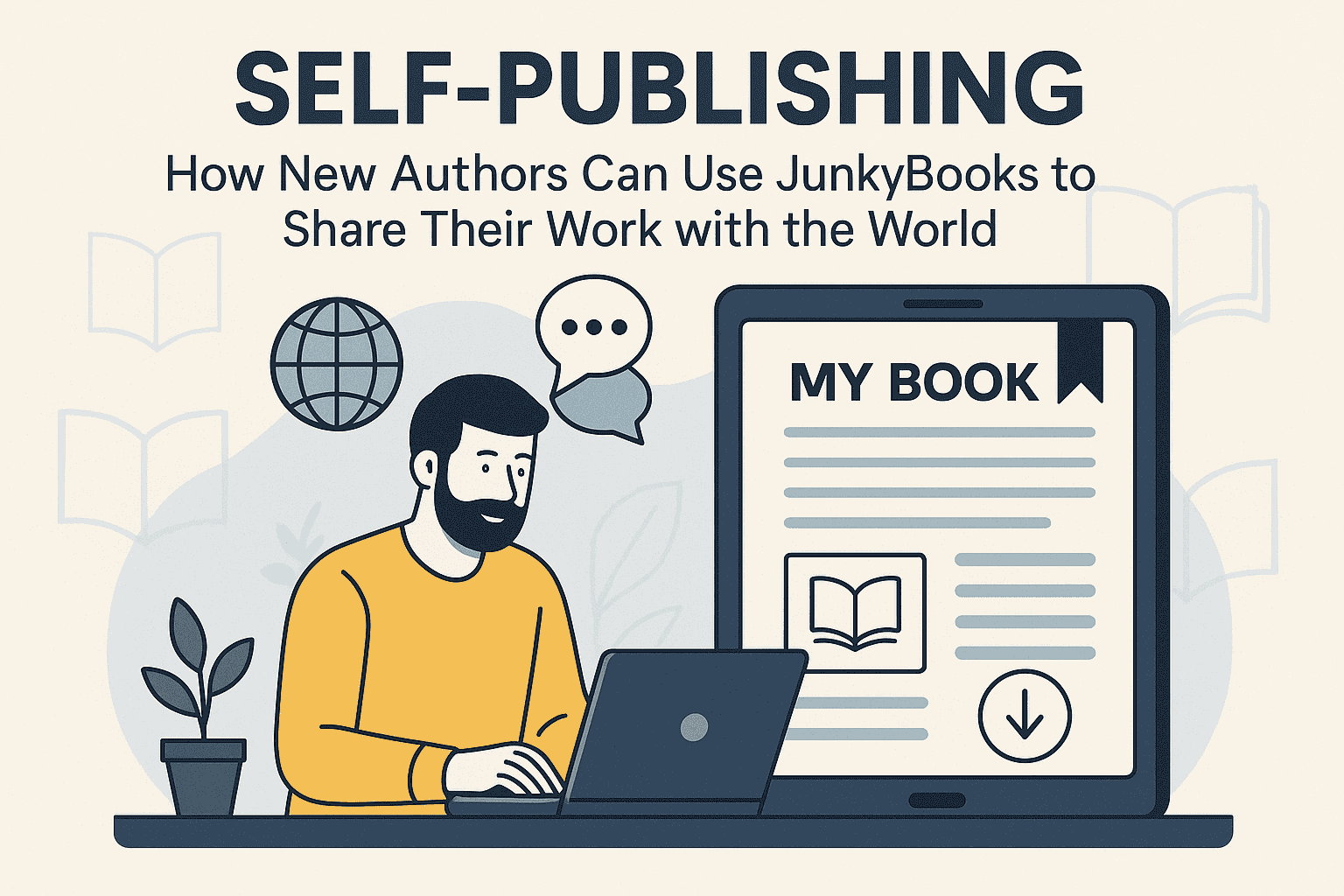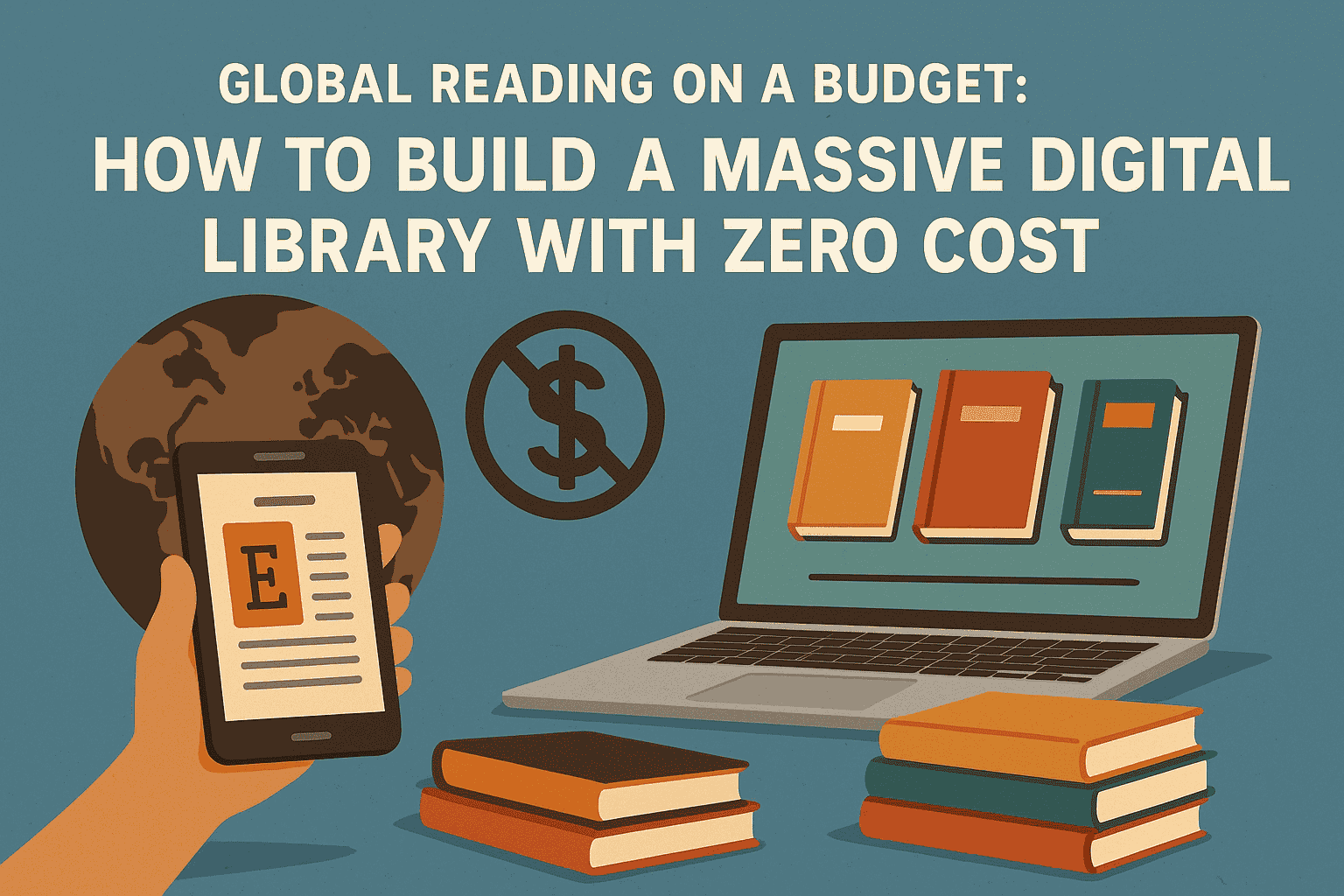The Narrative Power of Graphic Novels: Visual Storytelling at Its Best
In the realm of storytelling, graphic novels stand out as a unique and powerful medium. Combining the visual impact of art with the depth of narrative, they offer readers an immersive experience that can be both deeply emotional and intellectually stimulating. The narrative power of graphic novels lies in their ability to convey complex stories through the interplay of text and imagery, making them a versatile and compelling form of literature. Let's delve into what makes graphic novels such a potent storytelling medium, their impact on readers, and their place in the literary world.
The Essence of Graphic Novels
Graphic novels are a form of literature that uses sequential art to tell a story. Unlike traditional novels, which rely solely on text, graphic novels combine visual elements and written language to create a rich, multi-dimensional narrative experience.
Key Characteristics:
- Sequential Art: The narrative unfolds through a series of images, or panels, that are read in sequence.
- Text and Dialogue: Speech bubbles, captions, and other textual elements provide dialogue, narration, and inner thoughts.
- Visual Symbolism: Artwork is used not just to illustrate the story but to convey deeper meanings, emotions, and themes.
The Unique Narrative Power of Graphic Novels
The combination of visual and textual storytelling in graphic novels allows for a unique narrative experience that can be particularly powerful in several ways:
1. Visual Impact
The use of art in graphic novels allows for immediate and powerful visual storytelling. Images can evoke emotions, set the tone, and provide context in ways that text alone cannot.
Example: In "Maus" by Art Spiegelman, the stark, black-and-white illustrations convey the horror and bleakness of the Holocaust, creating a visceral impact that complements the narrative.
2. Show, Don’t Tell
Graphic novels excel at the "show, don’t tell" principle of storytelling. Through visual cues, body language, and background details, they can show aspects of the story that might otherwise require lengthy descriptions.
Example: In "Watchmen" by Alan Moore and Dave Gibbons, the intricate artwork reveals details about the characters and setting that enrich the story and add layers of meaning.
3. Symbolism and Metaphor
The visual nature of graphic novels allows for the use of powerful symbolism and metaphor. Artists can embed symbols and motifs within the artwork that add depth to the narrative and engage readers on a symbolic level.
Example: In "Sandman" by Neil Gaiman, various artistic styles and symbols are used to explore themes of dreams, reality, and mythology, creating a rich tapestry of meaning.
4. Non-Linear Storytelling
Graphic novels can easily employ non-linear storytelling techniques, using flashbacks, parallel storylines, and visual motifs to weave complex narratives that challenge readers and invite deeper engagement.
Example: "Persepolis" by Marjane Satrapi uses flashbacks and shifts in perspective to tell the story of the author's childhood in Iran, providing a multifaceted view of her experiences.
The Impact of Graphic Novels on Readers
Graphic novels have a unique ability to engage readers and leave a lasting impact. Here are some ways in which they resonate with audiences:
1. Accessibility
Graphic novels can be more accessible than traditional novels, particularly for readers who struggle with dense text. The combination of images and text can make complex stories more approachable and engaging.
Example: Young readers or those with reading difficulties might find graphic novels like "Amulet" by Kazu Kibuishi easier to navigate and enjoy.
2. Emotional Resonance
The visual storytelling in graphic novels can evoke strong emotional responses. The combination of art and narrative can create powerful, memorable moments that resonate with readers on a deep level.
Example: "Fun Home" by Alison Bechdel uses detailed, expressive artwork to convey the complex emotions and experiences of the author’s relationship with her father.
3. Engagement and Interaction
The visual format of graphic novels encourages active engagement and interaction. Readers must interpret the interplay between text and images, filling in gaps and making connections, which can lead to a more immersive reading experience.
Example: "Saga" by Brian K. Vaughan and Fiona Staples combines epic storytelling with stunning artwork, inviting readers to become fully immersed in its expansive universe.
4. Diverse Perspectives
Graphic novels often explore diverse perspectives and voices, offering stories that might be underrepresented in traditional literature. This inclusivity broadens readers’ horizons and fosters empathy and understanding.
Example: "March" by John Lewis, Andrew Aydin, and Nate Powell tells the story of the Civil Rights Movement through the eyes of John Lewis, providing a powerful and personal perspective on history.
Graphic Novels in the Literary World
The rise of graphic novels has had a significant impact on the literary world, challenging traditional notions of literature and expanding the boundaries of storytelling.
1. Critical Acclaim and Awards
Graphic novels have gained recognition and acclaim, winning prestigious awards and earning a place in literary discussions. This recognition highlights their artistic and narrative value.
Example: "Maus" won a Pulitzer Prize, and "Fun Home" received critical acclaim, demonstrating that graphic novels can achieve the highest literary honors.
2. Educational Value
Graphic novels are increasingly being used in educational settings to engage students and enhance learning. Their visual nature can make complex subjects more accessible and engaging.
Example: "Persepolis" is often used in classrooms to teach about the Iranian Revolution and to explore themes of identity and cultural conflict.
3. Cultural Impact
Graphic novels have made significant cultural impacts, influencing other media such as film, television, and video games. Their stories and characters often resonate beyond the page, becoming cultural touchstones.
Example: The "Watchmen" series has been adapted into a critically acclaimed television show, bringing its complex narrative and themes to a broader audience.
Conclusion: Embracing the Power of Graphic Novels
Graphic novels represent a powerful and dynamic form of storytelling that combines the visual and textual to create rich, immersive narratives. Their ability to convey complex stories, evoke strong emotions, and engage diverse audiences makes them a unique and valuable part of the literary landscape.
As readers, embracing graphic novels opens up new worlds and perspectives, offering a fresh and engaging way to experience stories. For writers and artists, graphic novels provide a versatile and creative medium for exploring themes, experimenting with narrative techniques, and pushing the boundaries of what literature can achieve.
The rise of graphic novels is a testament to the enduring power of storytelling in all its forms. By recognizing and celebrating their narrative power, we can continue to expand the horizons of literature and ensure that all voices and stories have a place in the ever-evolving tapestry of human experience.

